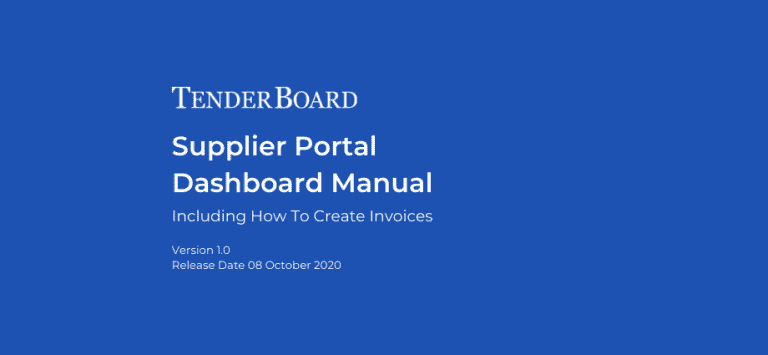For the uninitiated, the tendering process can be very complex.
There are many procurement requests we need to keep track of, difficult suppliers to manage, and complicated procurement jargon you need to understand. However, things do not have to be this way.
We earlier discussed the factors you need to consider when building your procurement process. In this article, we will be discussing the most common tendering mistakes you need to pay attention to and how to avoid them.
Common tendering mistakes
1. Not having a clear understanding of the tenderer’s business requirements
Make sure you ask enough questions. Buyers often put out highly complex projects for tender. This can make the bidding process difficult as a lot of details need to be thought through before you include them in your plans and submit them for approval.
Your business should never make any assumptions about the project. This can significantly lower your chances of securing the contract if you make a mistake in your document submission.
Imagine miscalculating the quantity of raw materials needed to execute your service. Not only will you come off as unprofessional, but you will also look incompetent in the eyes of the buyers.
2. Not preparing the right documents
We had earlier discussed the main procurement requests buyers make for essential documents. It is essential that you pay close attention to this list as these are the core ones you need to submit in order to stand a good chance of winning the bid.
Some of these include:
- Request for information (RFI) – Put out by buyers to request more information about the sellers’ companies
- Request for proposal (RFP) – This requires bidders to submit their proposal on how they intend to complete the project.
- Request for quote (RFQ) – The buyer is asking for sellers to submit a price quote for the service they will be carrying out if they win the bid.
- Request for tender (RFT) – Used mainly in public procurement and is highly formal in nature.
Also, ensure that you know exactly what requests the buyer is putting out and prepare accordingly.
3. Late submission of documents
Never leave work to the late minute. As we’ve mentioned, a lot of work goes into preparing the necessary documents you need to submit to even qualify for consideration.
Despite knowing this, you’d be surprised by the number of businesses that actually failed to meet the deadline. They either couldn’t complete it on time or worse, forgot to submit the documents.
You don’t want all your hard work to go to waste. Late submissions are mostly not accepted.
4. Basic writing errors
Even if you had managed to submit the document on time, you may end up being disqualified due to some basic mistakes in your writing.
Some of the most common writing mistakes include unclear writing, wrong information included, and basic grammar mistakes.
5. Not signing off important documents
As silly as it sounds, too many people forget to sign their tender documents and simply submit them without a signature.
Unfortunately, this is one of the most common tendering mistakes. There is simply no excuse for not scanning your signature and then copying it into the submission wherever a signature is required.
How to avoid some common issues?
1. Check all your documents
It helps to double-check or triple-check everything. You can also get a few more people involved in the process to make sure that you run the document through multiple pairs of eyes to minimise the possibility of a careless mistake.
2. Use software solutions to aid you
To further reduce the odds of you committing simple mistakes in your writing, you can leverage the power of technology to assist you.
Grammar checking tools like Grammarly can detect any grammatical errors in your writing and highlight them to you for immediate correction.
3. Keep track of your tasks
Given that the preparation for a bid is a time consuming and large project in and of itself, you can organise your preparation process by breaking it down into smaller tasks.
You should also set a timeline to complete each of the tasks. Of course, do not forget to mark the submission date on your calendar. You wouldn’t want to miss out on a golden opportunity because of a stupid mistake.
Conclusion
We hope we’ve brought some of the key common errors to your attention. While many of them seem trivial, you would be surprised to know how common all these mistakes are committed during the tendering process.
As you as you do your due diligence in checking your work and tracking your progress, you will be able to reduce your odds of making simple mistakes and submit the documents on time.













